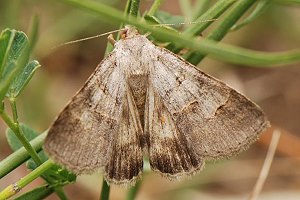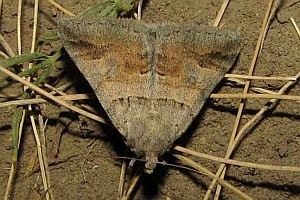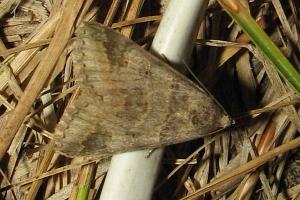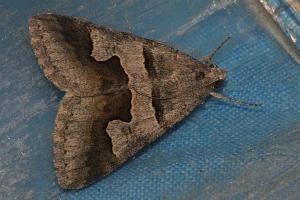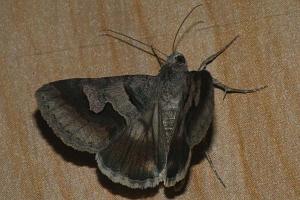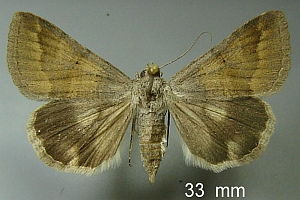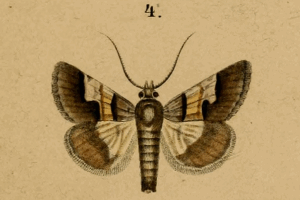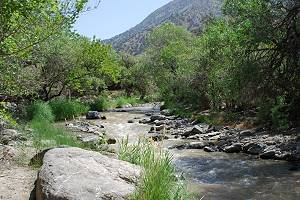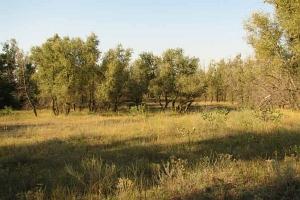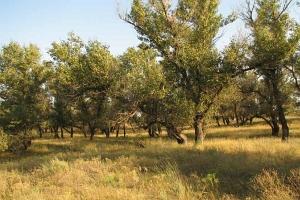EU ← ↑ →
 08920 Drasteria caucasica (KOLENATI, 1846)
08920 Drasteria caucasica (KOLENATI, 1846)
1: Armenien, Ararat, Vedi-Flusstal oberhalb Urtsadzor, 23. Juli 2008 (Freilandfoto: Christian Papé), det. Christian Papé, conf. Daniel Bartsch [Forum]
2: Ukraine, Oblast Saporischschja, Bezirk Saporischschja (auch als Saporoshje bekannt), Baburka, 49 m, 5. August 2012, am Licht (det. & Foto: Alexandr Zhakov) [Forum]
3: Ukraine, Oblast Saporischschja, Bezirk Melitopol, Myrne, 27 m, 20. August 2014, am Licht (det. & fot.: Alexandr Zhakov) [Forum]
4-5: Russland, Oblast Wolgograd, Bezirk Ilowlja, Siedlung Ilowlja, 21. Juli 2011 (fot.: Ilya Ustyantsev), det. Anatoly Marusov [Forum]
6 & 7: Russland, Gebiet Astrachan, Bezirk Akhtubinsky, Dorf Bolhuny (E 46°17,796’ N 47°58,472’), am Licht, 8. & 16. September 2015 (fot.: Andrey Ponomarev), det. Vlad Proklov [Forum]
8-9 & 10-11: Rumänien, Dobrudscha, Constanta, Marschland östlich Istria, - 2 m, 44°32'28.5"N 28°45'37.5"E , 18. August 2019, am Licht (leg., gen. det. & fot: Friedmar Graf) [Forum]
Raupe
1: Ukraine, Krim, Щёлкино, с. Мысовое, e.o. leg. Mai 2011 (cult. & Foto am 21. Juni 2011: Vladimir Savchuk), det. ...
Puppe
1-2: Ukraine, Krim, Щёлкино, с. Мысовое, 06/2011, e.o. leg. Mai 2011 (cult. & Fotos am 24. Juni 2011: Vladimir Savchuk), det. ...
Diagnose
Männchen
[Hinweis: Ein Falter aus Kirgisistsn war als "Drasteria hyblaeoides" etikettiert und steckte daher auch bei uns bis zum 29. Oktober 2019 auf jener Artseite. Gemäß den Ausführungen von MATOV & KORB (2019: 38) kommt diese Art nicht in Kirgisistan vor und wurde deshalb nach Drasteria caucasica verschoben. Am 29. September 2020 wurde das Foto auf Wunsch von Norbert Keil nach Drasteria rada verschoben.
Weibchen
1, ♀: Ukraine, Cherson, 45 m, 12. August 2007 (fot.: Friedmar Graf), det. Egbert Friedrich, conf. Michel Kettner [Forum]
2, ♀: Rumänien, Dobrudscha, Constanta, Marschland östlich Istria, - 2 m, 44°32'28.5"N 28°45'37.5"E , 18. August 2019, am Licht (leg., gen. det. & fot: Friedmar Graf) [Forum]
Erstbeschreibung
KOLENATI (1846: 104, pl. XVIII fig. 4) [nach Copyright-freien Scans auf www.biodiversitylibrary.org]
Biologie
Habitat
1: Armenien, Ararat, Khosrov-Reservat, Vedi-Flusstal hinter Urtsadzor, Juli 2008 (Foto: Christian Papé)
2-4: Ukraine, Oblast Saporischschja, Bezirk Melitopol, Myrne, 27 m, 21. August 2014 (fot.: Alexandr Zhakov) [Forum]
5, Fluss Don nach der Siedlung Ilowlja (rechten Ufer): Russland, Oblast Wolgograd, Bezirk Ilowlja (fot.: Ilya Ustyantsev) [Forum]
6-7: Rumänien, Dobrudscha, Constanta, Marschland östlich Istria, 18. August 2019 (fot: Friedmar Graf) [Forum]
Weitere Informationen
Andere Kombinationen
- Euclidia caucasica KOLENATI, 1846 [Originalkombination]
Synonyme
- Ophiusa astrida EVERSMANN, 1857
Faunistik
MATOV & KORB (2019: 38) umreißen das riesige Verbreitungsgebiet, das Europa nur in dessen Südosten (Rumänien, Bulgarien, Ukraine, Russland) erreicht: "South-East part of Europe (South Ukraine, South Russia (Krasnodar, Rostov-on-Don, Stavropol, Astrakhan, southern part of Volgograd Prov., Chechnya, Daghestan, Crimea), South Moldavia, South-East Romania, East Bulgaria), Transcaucasus, Kazakhstan (excl. Central), Asia Minor, deserts and semideserts of Central Asia."
MATOV & KORB (2019) schreiben zu Drasteria hyblaeoides: "Kashgar, Kashmir and Tibet. All records from Kyrgyzstan, Tajikistan and Kazakhstan belong to D. caucasica; not even one D. hyblaeoides found during DNA sampling even the ‘hyblaeoides’ phenotypes were mainly selected for the analysis." Entsprechend wurde auch ein als "D. hyblaeoides etikettiertes Belegtier aus Kirgisistan auf diese Artseite verschoben.
(Autor: Erwin Rennwald)
Literatur
- Erstbeschreibung: KOLENATI, F. A. (1846): Insecta Caucasi. Coleoptera, Dermaptera, Lepidoptera, Neuroptera, Mutillidae, Aphaniptera, Anoplura. — Meletemata entomologica 5: 1-III, 4-140, pl. XVII-XIX. Petropoli (Typis Imperialis Academiae Scientiarum).
- MATOV, A.Y. & S.K. KORB (2019): A revision of the genus Drasteria of Central Asia and Kazakhstan with special attention to the adjacent areas (Lepidoptera: Erebidae). — Zootaxa 4673 (1): 1–104. https://doi.org/10.11646/zootaxa.4673.1.1
Informationen auf anderen Websites (externe Links)
Bestimmungshilfe / Schmetterlingsfamilien / Erebidae (Eulenfalter [z. T.]), Erebinae, Tribus Melipotini
EU ← ↑ →
 08920 Drasteria caucasica (KOLENATI, 1846) non-d-ch-a
08920 Drasteria caucasica (KOLENATI, 1846) non-d-ch-a
